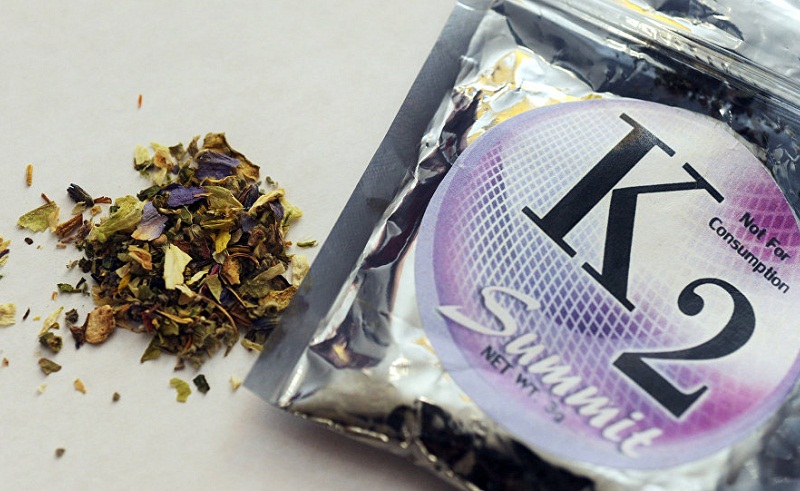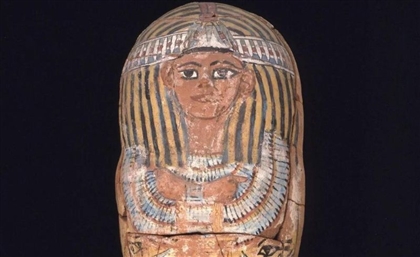6 Types of 'Strox' Added to Egyptian Ministry of Health's Dangerous Narcotics List
Here’s hoping this does literally anything.

According to a statement by the official spokesman of the Ministry of Health and Population, Khaled Megahed, six common types of synthetic cannabinoid – also known as Voodoo or Strox – have been added to the country’s list of highly addictive and dangerous narcotics, denoted under the newly minted ministerial act No. 440 of 2018.
We’ve only managed to ascertain five of the six synthetic (and extremely dangerous by design) cannabinoids, and they are as follows:
- AB-FUBINACA: an aggressive cannabinoid receptor agonist originally designed as an analgesic by Pfizer. It was abandoned by the company and disallowed from human testing. It is now predominant in Japan’s synthetic cannabis blends.
- AMB-FUBINACA: similar to the prior compound, save for an alteration in its chemical structure. An alarming number of deaths and zombie-like symptoms in random corners of the world have been attributed to the drug.
- 5F-ADB: an active (and significantly toxic) ingredient in synthetic cannabis synthesis, it has been responsible for a number of deaths in Japan, and is banned entirely in the U.S.
- AB-CHMINACA: a particularly potent cannabinoid agonist, it is supposedly 16 times more potent than regular THC (in rats at least), this compound has been known to cause seizures, psychotic episodes and eventually death in most cases of consumption.
- XLR-11: another potent cannabinoid agonist believed to be Chinese in origin, and is linked to a slew of acute kidney injuries in users.
Synthetic cannabinoid use has been on the rise in the past few years and has been peddled between Egyptians of any social class. Designed to evade prohibition and mostly hailing from China, its creators are always altering their chemical structures (in the most harmful ways possible) to stay away from the long arm of the law.
Main image from Sputnik International
Trending This Week
-
May 01, 2024
























